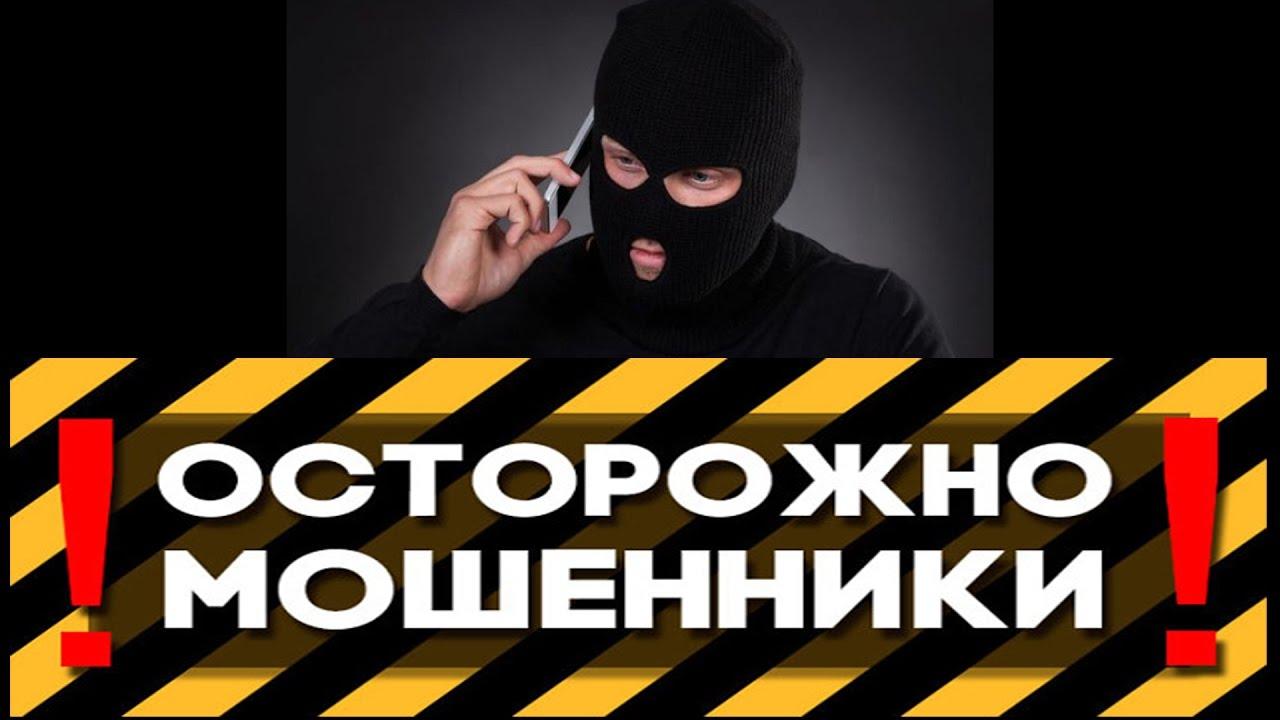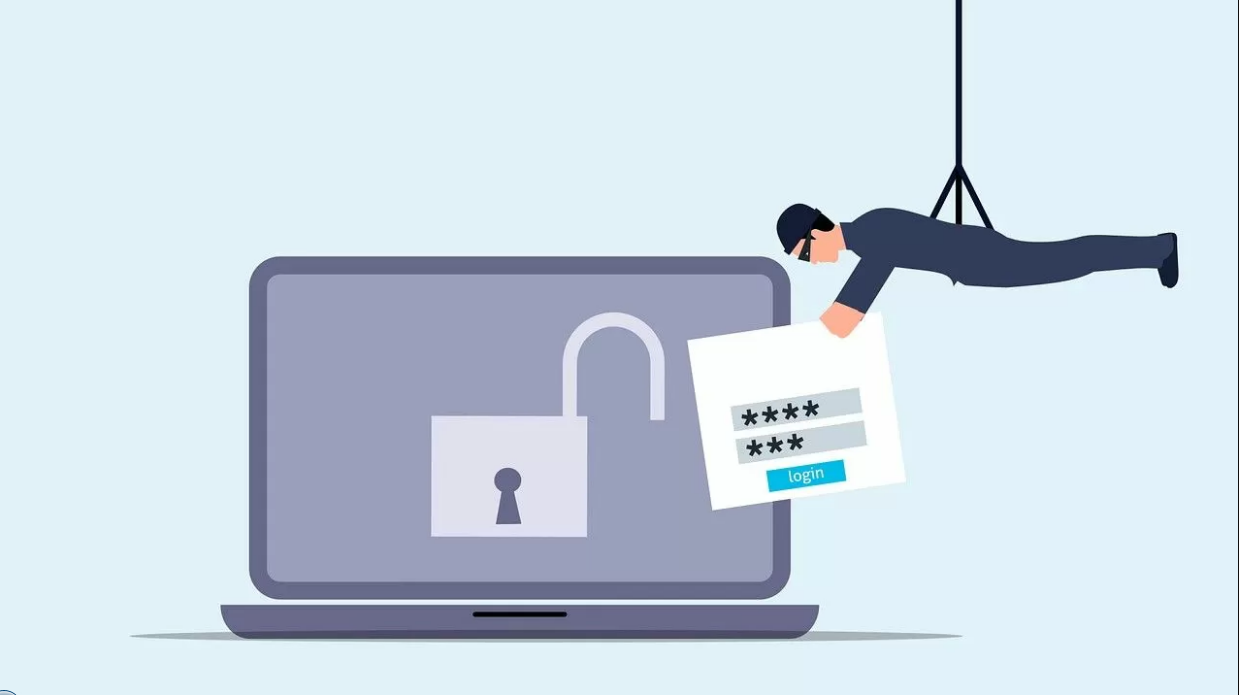Phishing messages are a fraudulent scheme aimed at stealing personal data and payment card details to access the specified information. Fraudsters use phishing mailings, sending messages via email, messengers, or SMS. The design of well-known companies and websites is used to attract users.
Email Fraud
Nowadays, fraudsters use e-mail for their scams. A hyperlink is sent to the email of internet users, which is viral in nature. If opened and clicked, fraudsters gain access to the victim's contacts and accounts synchronized across various devices. By stealing a user's email, fraudsters can send fake messages to the contacts of the deceived person on their behalf. They send emails to acquaintances, offering to:
- add a link;
- register somewhere;
- click a link in one click;
- participate in a promotion;
- complete a survey.
Phishing via Email
Receiving a message from acquaintances, it doesn’t always occur that the account has been hacked, so most people respond to emails positively, clicking the link in full confidence that it is safe.
Luring victims through phishing via email, fraudsters use psychological methods of influence and rely on people's greed, offering them to register on a resource to receive some kind of:
- government payment;
- social assistance;
- support from an international company, in order to extract information from users and gain access to their personal data.

Fake Bank Emails
Fraudsters often send users fake bank emails, usually, phishing messages contain a general phrase, for example, «dear customer», asking to pay for a service or loan, interest, mainly these mailings are sent from fake addresses imitating banks, where it is difficult to notice a one-letter difference in the site name. It should be understood that in most cases, banking structures address the client by first and last name and suggest contacting the nearest bank branch to resolve any financial issues.
Scams in Email Newsletters
By sending scams in email newsletters, fraudsters, using phishing emails, send hyperlinks with email addresses starting with English letters, URLs that are not equipped with security certificates. It should be noted that such links look like http://, while secure ones additionally have the letter s.
Fake Invoice Scams
Fake invoice scams can manifest in different forms:
- forging bank accounts – in this case, fraudsters use fake bank accounts to conduct financial transactions;
- falsifying payment documents - they create invoices, as well as waybills or other financial documents;
- deceiving clients or suppliers - providing deliberately false information about the payment of a service or product.

The main goal of fraudsters when creating fake invoices – is to lure as many users as possible to make payments to the specified fake details, thus fraudsters receive all funds to their account.
Deception with Financial Letters
By sending emails with financial information to a client's mailbox, fraudsters deceive the user, hunting for their money, mainly, emails from fraudsters posing as a bank or bank employee have an aggressive form, where it is required to immediately click the link and carry out a financial operation to prevent the blocking of a bank card. This method is designed to panic the user and make it impossible to verify the information, not allowing time to think, call the bank, and find out if this message is true. The task must be completed in a matter of minutes, as soon as the user clicks the link, the countdown begins to scare the victim and force them to act irrationally.

How to Recognize Phishing Emails
There are several signs by which you can recognize phishing emails:
- Slight change in the name of a well-known company;
- Second-level domain substitution;
- Impersonal address to the user;
- Slight number of spelling errors;
- Urgency to meet the condition;
- Request to enter personal data, such as login and password.
Phishing emails are sent to find potential victims, relying on their lack of awareness in banking matters and desire to solve problems as quickly as possible.
Protection from Email Fraudsters

To avoid becoming a victim of email fraudsters, you should follow some rules:
- do not follow links to websites from unknown resources;
- when making online purchases, only conduct conversations on the platform in chat, do not agree to switch the discussion to a messenger to avoid receiving a phishing link;
- make payments for goods on verified and reliable resources;
- keep personal data secret and do not enter it on third-party websites;
- do not follow advertising links placed in games or applications;
- set up two-factor authentication on your gadget;
- you can create Face control on your smartphone or connect a cloud password.
